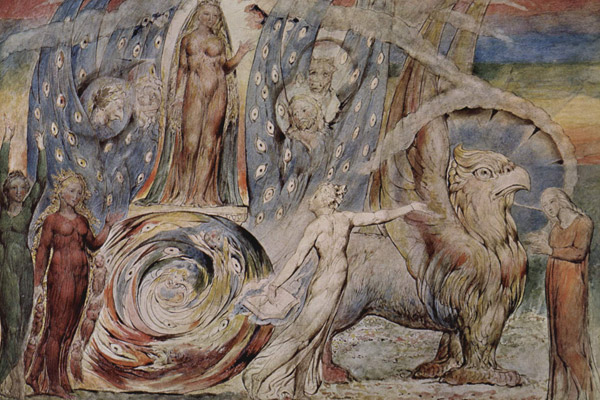
For decades, the National Opinion Research Center at the University of Chicago has been conducting something called the General Social Survey, the general idea being to find out "what people think about various stuff right now." It generates interesting data over a long time span, but the questions themselves are pretty boring: what's your income, do you go to church, do you give money to charity, that sort of thing.
But in 1983 and 1984, the people running the GSS decided to ask people about their visions of the afterlife. And not just "does it exist," but specifically respondents' vision of what it's like. So they asked this:
109. People picture life after death in many different ways. We'd like to know how you think of life after death. Here is a card with sets of contrasting images. On a scale of 1-7, where would you place your image of life after death. d. 1. A pale, shadowy form of life, hardly life at all. 2. A life of complete fulfillment, spiritual and physical.
That's awesome.
The more education you have, the less likely you are to believe that the afterlife is one of complete fulfillment or a pale shadowy form of life, hardly life at all, and more likely to be unsure about it:
.png)
People who are politically centrist/independent—i.e. not strong Republicans or Democrats—are also centrist on the question of whether the afterlife is a pale shadowy form of life or the opposite:
.png)
The religiously liberal are more likely to be undecided:
.png)
And unsurprisingly, as people age, they tend to be more optimistic about the afterlife:
.png)
Image: Wikimedia Commons


